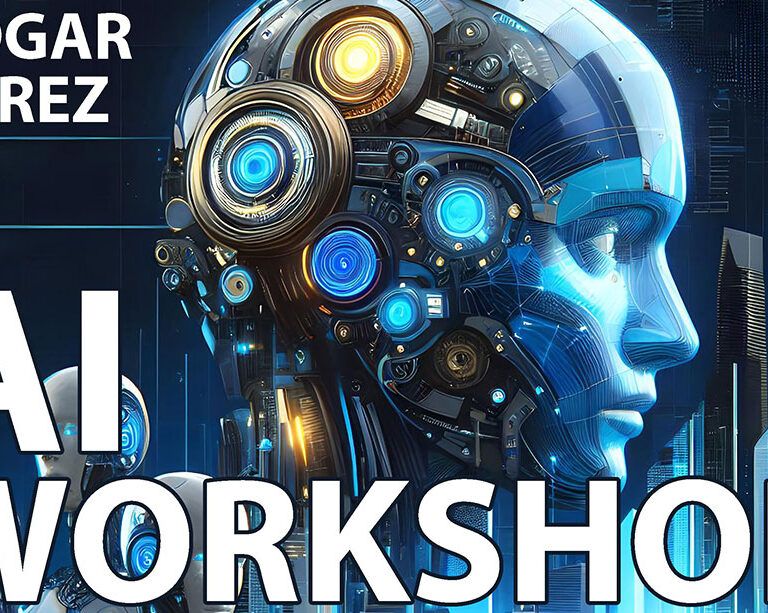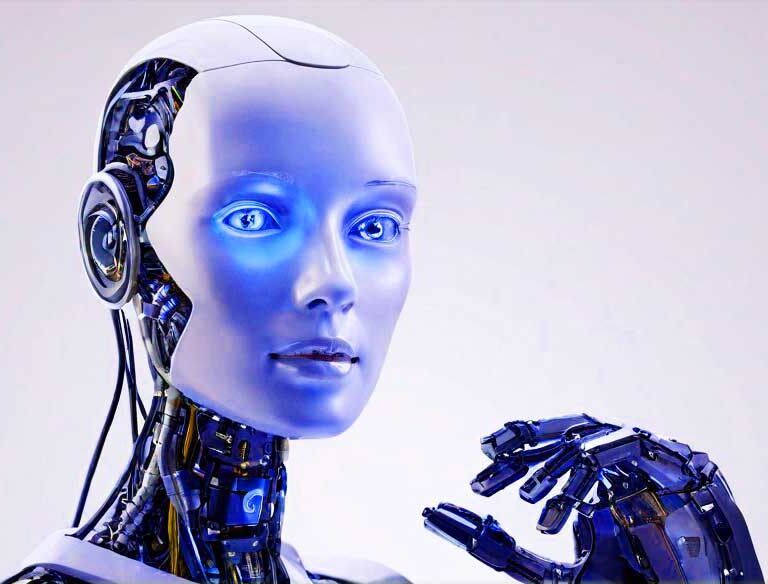What is quantum computing?
Quantum computing is a powerful technology that uses quantum mechanical phenomena, such as superposition and entanglement, to perform computations that are beyond the reach of today’s classical computers.
Quantum computers use qubits, which can exist in a combination of two states at the same time, unlike classical bits that can only be either 0 or 1. Quantum computers can exploit this property to perform parallel operations on multiple qubits, which can speed up certain calculations exponentially.

Quantum computing has certainly the potential to transform the world by enabling new discoveries in fields such as physics, chemistry, cryptography, artificial intelligence and more.
Quantum computing still faces many challenges, such as maintaining the coherence and fidelity of qubits, designing efficient quantum algorithms and scaling up the number of qubits. Quantum computing is still a field in its early stages of development and research, but I expect it to have a significant impact on society in the future.
How does a quantum computer work?

A quantum computer works by using quantum bits, or qubits, which are physical systems that can exist in a superposition of two states, such as 0 and 1. Unlike classical bits, which can only store one value at a time, qubits can encode both values simultaneously, which allows them to perform parallel operations on multiple inputs.
A quantum computer manipulates qubits using quantum gates, which are devices that apply specific transformations to qubits. By applying a sequence of quantum gates, a quantum computer can implement a quantum algorithm, which is a set of instructions that exploits quantum phenomena to solve a problem.
However, qubits are also very sensitive to noise and interference from their environment, which can cause them to lose their quantum properties and produce errors. This is known as quantum decoherence, and it is one of the main challenges of quantum computing. To prevent or correct decoherence, quantum computers use various techniques such as error correction codes, fault-tolerant architectures and low-temperature cooling systems.

How to build a quantum computer?
There are different approaches to build a quantum computer, depending on the choice of physical system that can be used as qubits and the methods of manipulating and controlling them. Some of the most common approaches are:

- Superconducting qubits: These are circuits made of superconducting materials that can behave as artificial atoms with two energy levels. They can be coupled to microwave resonators and controlled by microwave pulses. This is the pioneering approach used by IBM, Google and Intel.
- Ion trap qubits: These are devices that use electric fields to trap and manipulate individual charged atoms (ions) that have two internal states. They can be controlled by laser beams and interact with each other through their electric fields. This is the approach used by IonQ and Honeywell.
- Spin qubits: These are electrons or nuclei that have two spin states. They can be embedded in solid-state materials such as silicon or diamond, and controlled by electric or magnetic fields. They can also interact with each other through their spin couplings. This is the approach used by Microsoft and Intel.
- Topological qubits: These are exotic quasiparticles that emerge from certain materials under extreme conditions, such as low temperature and high magnetic field. They have two topological states that are immune to local noise and decoherence. They can be controlled by braiding their paths around each other. This is the approach pursued by Microsoft and IBM.
- Photons: These are particles of light that can have two polarization states. They can be manipulated by optical devices such as beam splitters and phase shifters, and interact with each other through nonlinear media or detectors. This is the approach used by Xanadu and PsiQuantum.
These are some of the main approaches to build a quantum computer, but there are also others that use different physical systems or methods, such as atoms, molecules, defects, nanowires, etc.

Which is the most promising approach?
Each of these approaches has its own advantages and disadvantages. Superconducting qubits are very accurate, but they are also very difficult to control. Ion trap qubits are very controllable, but they are also very fragile. Topological qubits are very promising, but they are still in their early stages of development.
It is still too early to say which approach will be the most successful in building a quantum computer. All of these approaches are actively being pursued by researchers around the world. That is what makes this nascent field so exciting!







